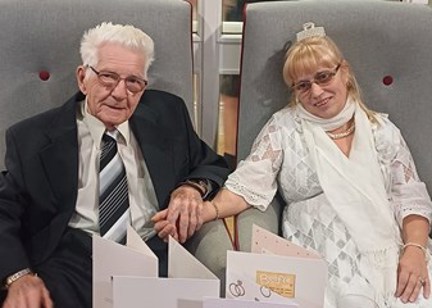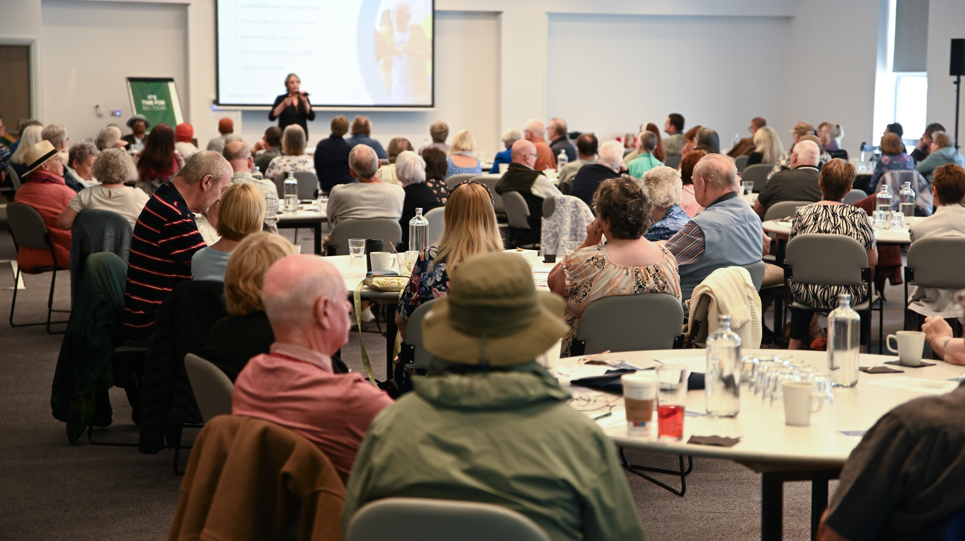
General news
Across May, we welcomed nearly 500 residents to events in Southampton, Nottingham, Ashford in Kent, Leeds and Birmingham. These conferences were all about bringing people together to share updates, ideas, and inspiration for the future of Housing 21.

We’re so grateful to everyone who attended and contributed to the day. We hope you found the conferences enjoyable, informative, and a great chance to connect with others.


We’d love to hear from you! Let us know what you thought of the conferences – what you liked, and where we could improve.